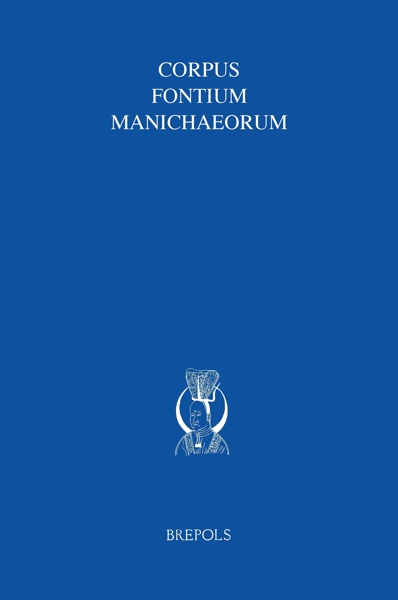
Uygur Manichaean Texts: Volume II: Liturgical Texts
Texts, Translations, Commentary
Larry Clark (ed)
- Pages: 372 p.
- Size:210 x 297 mm
- Language(s):English, Uygur
- Publication Year:2013
- € 120,00 EXCL. VAT RETAIL PRICE
- ISBN: 978-2-503-55024-4
- Hardback
- Available
"The impaccably prepared and published volume may be of great help to both the researchers of Manichaeism and the increasing number of students of its relation with the Church fathers." (Johannes van Oort, in: Vigiliae Christianae, 69.3, 2015, p. 333-334)
"Il faut souligner la qualité de la mise en page qui facilite l’utilisation de l’ouvrage, en particulier les titres courants pour chacun des textes, qui figurent en bas de page. Quand on sait à quel point le simple repérage des textes manichéens trouvés en Asie Centrale est difficile, en raison de la dispersion des lieux de publication, on appréciera d’avoir désormais un accès aisé et sûr aux manuscrits ouïgours." (Paul-Hubert Poirier, dans: Laval théologique et philosophique, 70.3, 2014, p. 615-616)
Those texts classified as Liturgical, which are included in the present volume, always have as their framework or main theme some aspect of the conduct of services, rituals, liturgies, or worship, whether it be the act of Confession of sins or a related ritual, or the performance of Hymns of praise and Prayers of praise or appeal by individuals or within congregations engaged in private or public rituals. No sustained attempt has been made to assign texts to one or another known liturgy such as the Bema fest for several reasons, including that insufficient leaves survived of what appear to have been service books (like the Iranian "Prayer and Confession Book," M801) that would have provided a structure for supporting such judgments. Nonetheless, certain texts retain some narrative portions of liturgies, including several texts connected with the ritual of confession, one connected with the sacred meal, and several other segments belonging to unidentified rituals. Because liturgical texts written in Uygur were produced in the period of Uygur sponsorship of the religion (approximately from the middle of the 8th century through the first quarter of the 11th century), they may in instances reflect the participation of real people in real time during that period (e.g. those confessors whose names appear in copies of the Xwāstwānīft). However, the liturgical content of such texts is fundamentally religious and static, and does not incorporate dedications or references to contemporary secular or spiritual figures or events (the latter kinds of hymns, songs and appeals are edited as Benedictions in the Ecclesiastical volume).

